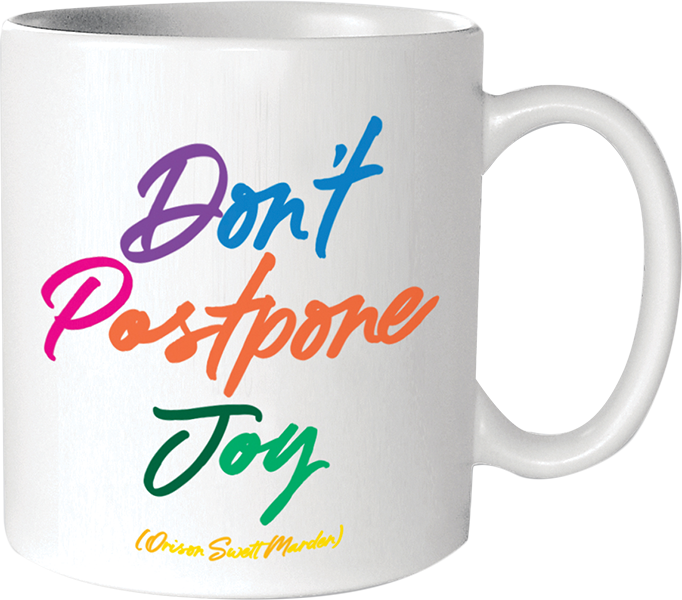Little Environmentalists begin ‘green’ education
Hartland, WI — When today’s moms and dads were kids, exploring nature meant catching lightning bugs, creating an ant farm or making a mud pie. But with hot button topics like environment, sustainability, green and organic, today’s little consumers will quickly need to become little environmentalists. Where to get started when your youngster is just starting to explore his world? Try the backyard!
Introducing Nature Discovery In My Backyard, the first book in a series of children’s books by The Little Environmentalists, LLC (www.thelittleenvironmentalists.com). Geared for preschoolers and emerging readers, this picture book follows a little girl discovering what everyone sees, when they stop to look and smell the roses. A falling leaf, fluttering butterfly or crunchy grass beneath bare feet become an instant nature lesson.
“Children will smell, hear, feel and see their way through their own backyard nature discovery,” explains Rebecca Mattano, creator of The Little Environmentalists. “Each page offers a new and unique look into nature with colorful pictures that not only teach but challenge children to find all that nature has to offer.”
To help parents and educators enhance their “green” lessons, the book offers tips on nature for every season of the year. Interesting educational facts on plants and animals are described in the back of the book. Because how many adults can name the animal family that the groundhog belongs to? You might be surprised to learn that it’s … squirrel!
The groundhog, also known as a woodchuck, digs its home underground. They dig about 700 pounds of soil out of the ground when they are making their burrow and can finish this in one day. When not in hibernation during the winter months, groundhogs spend much of their time sunning and eating. They are herbivores (vegetarians) and mammals that belong to the squirrel family. What do you know about Groundhog Day?
“My hope is for these books to build environmental stewardship starting with environmental awareness and building environment knowledge,” adds Mattano, mother of Sierra Rose and Madeline Sage.
The book offers plenty of easy-to-do outdoor activities led by caregivers, teachers and parents.
Learn about the different animals that visit your backyard during the different seasons. Put out various types of food for the mammals and birds and keep track of what gets eaten and by what types of animals. Use assorted types of bird food or make your own feeders with pine cones and peanut butter. Also put out fruits such as bananas, strawberries, and oranges for hummingbirds, butterflies, and orioles. You can also go to your local garden center and purchase plants to attract specific animals, making your own habitat (look for My Backyard Habitat coming soon). Get a bird and mammal book and record all the animals that you identify.
In My Backyard, the first in a series, retails for $6.95 and is available online at the publisher’s website, www.thelittleenvironmentalists.com and at Amazon.com. The second book, I’m Turning Green, is anticipated this fall.
Beyond the children’s books, environment lessons continue online at their website with a nature discovery sheet and links to the Wisconsin Department of Public Instructor’s Model Early Learning Standards which utilizes In My Backyard as a tool in the state’s classrooms.
The company suggests that the next time a parent purchases a book, magazine or paper, make sure it is printed on 100% post-consumer waste. After all, everyone — even the littlest — can make a difference.
About The Little Environmentalists
The Little Environmentalists, LLC, is a company committed to developing and publishing children’s material to promote environmental awareness, appreciation, knowledge, and stewardship. The company is dedicated to sustainable business practices and producing environmentally friendly products.
The Little Environmentalists proudly print their books using 100% post-consumer waste, chlorine free and non-toxic toner. Environmentally friendly printing preserves forests and habitats, keeps toxic chemicals out of the environment and generates fewer greenhouse gases. It has been estimated that producing a ton of paper using 100% post-consumer copy paper rather than virgin pulp saves about 24 large trees, 4,000 kilowatt hours of electricity, 60 pounds of air pollution and 7,000 gallons of water.























